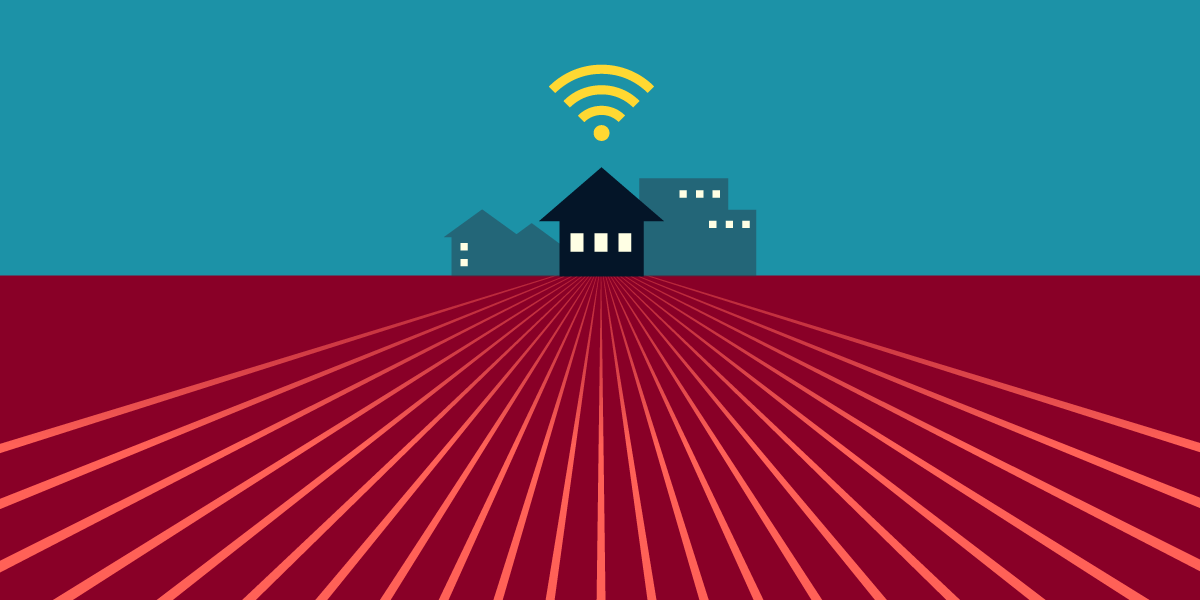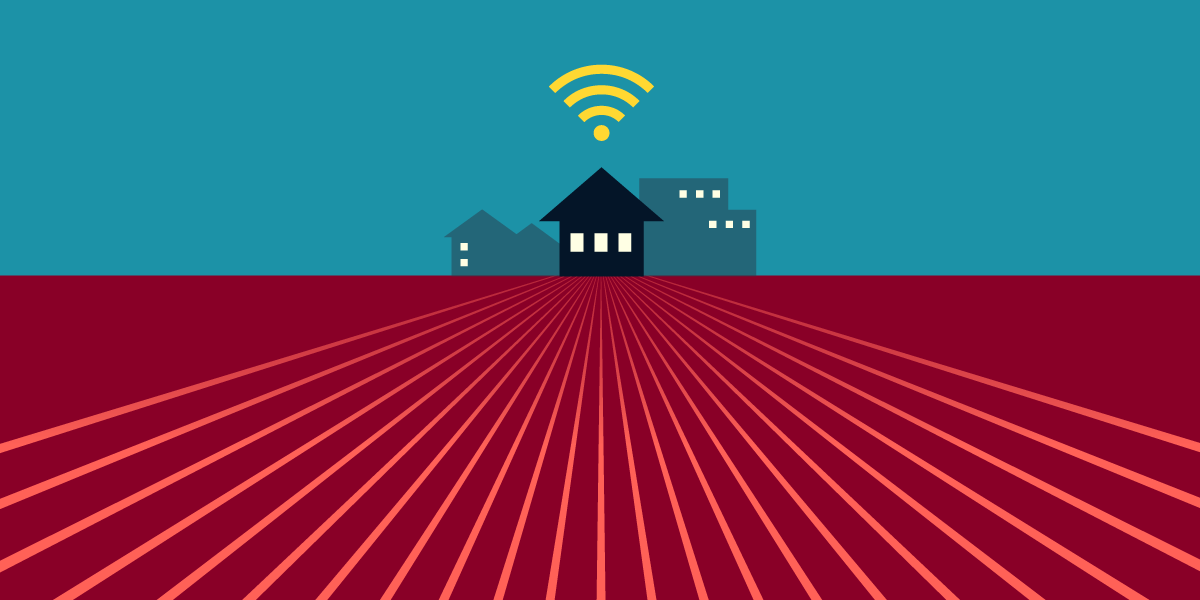Across the country, states are designing broadband plans to begin spending billions of federal dollars made available by the Infrastructure Investment and Jobs Act (IIJA) and past COVID-19 rescue dollar investment programs. The Biden administration has consistently made clear that states are to build future-proof infrastructure to deliver broadband that will be useful for communities for decades. This is arguably one of the best changes in federal policy for broadband subsidies ever. Past federal subsidy efforts in broadband failed to take long-term needs into account, which is how billions from past investments have gone to waste. But, despite this clear federal guidance, debates continue to rage in state legislatures and implementing bodies as entities unable to deliver future-proof access hope to get a cut of federal subsidy dollars.
Federal Rescue Money and BEAD Grant Rules on Fiber
Both the Treasury Department's Capital Projects Fund and the National Telecommunications Information Administration's (NTIA) Broadband Equity Affordability and Deployment grant programs provide clear guidance to prioritize fiber-based infrastructure. Under the Treasury rules that govern rescue dollars, the “presumptively eligible projects” for broadband infrastructure must reliably deliver 100/100 mbps connectivity. While there is an exception for lower speeds, there is a general expectation that these projects can scale higher for future needs. Specifically, “recipients are encouraged to prioritize investments in fiber-optic infrastructure where feasible” to emphasize that projects should consider fiber first.
The NTIA program also directs states to follow the statutory text of the IIJA. Under that law, projects must be scalable, able to facilitate 5G and beyond, able to evolve with community needs, and build fiber-based infrastructure with limited exceptions for “extremely high-cost areas.” Arguably, options such as fixed wireless and satellite broadband could be considered for extremely high-cost areas—which unfortunately are not future-proofed like fiber. But states relying on federal dollars alone will be forced to deliver less than states that are matching the federal investment with their own local dollars.
Wireless Lobby Push on States to Deprioritize Fiber Risks Federal Dollars
Much of the policy-making in telecom subsidies has emphasized “technology neutrality,” which is code for saying every broadband provider should get subsidies by right. This made more sense in the distant past, when various transmission mediums basically delivered similar outcomes in broadband access speeds and capabilities. But, after decades of internet growth that's seen average user consumption grow by 21% each year, we now know some broadband technologies have speed caps that eventually make them obsolete. This is why the Biden Administration’s emphasis on future-proofing the investments with scalability requirements is a critical change in policy. Technical, objective, comparable analysis conducted by EFF concluded that fiber optics is the core ingredient for all 21st century broadband access. This shows why the federal prioritization of delivering fiber to everyone in the United States is the right call.
But various wireless players that are unable to deliver future-proof access are still actively asking state legislatures to grant them sizable portions of the federal subsidies—just because they think it is their right. If state legislatures and governors follow through on those requests, they will not be compliant with federal rules on fiber. That's a serious issue. The federal money isn’t without strings. The Cash Management Improvement Act explicitly gives the Treasury Department and NTIA, as the agencies that transfer funds to states, control over whether funds are dispersed at all. So, states that are willing to ignore federal rules on broadband dollars risk getting zero dollars if they willfully try to contradict the rules.
For all these reasons, states should not entertain requests from providers that can't meet these new federal standards. It puts at risk all federal subsidy dollars and the ability for their states to receive needed funding to deliver modern broadband access.













